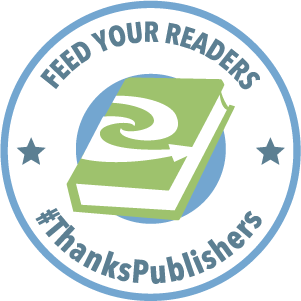In Exposure: A Sociologist Explores Sex, Society, and Adult Entertainment, Chauntelle Tibbals exposes readers to one of the most mysterious businesses and significant subcultures shaping our modern world porn. Adult entertainment is a part of us – it’s a hugely influential component of our culture. Like it or not, it partially shapes who we are as a society. And we as a society help shape it right back. Porn takes on our sexual desires and dreams, often in ways that we’re uncomfortable with.
Tibbals takes us through her own process from precocious Southern California girl to marginalized sociology Ph.D. student to renowned adult industry expert. She shares her adventures and observations often hilarious, occasionally heartbreaking, and always enlightening in order to give us a nuanced look at a community that’s simultaneously influential and reviled, powerful and stigmatized. From the altered reality of pornographic film sets to wildly inappropriate fans at trade shows, Tibbals has seen it all. And she will be the first person to tell you: the adult industry is nothing like you’d expect. It’s a world that deals in sex and is shrouded in mystery but is ultimately no different from any other.
Thanks to author Chauntelle Tibbals and NetGalley for offering this advance review copy! EXPOSURE will be published July 7, 2015.
If you are looking for a salacious, tell-all expose on the world of porn–this isn’t it. What it IS: an intelligent and thought provoking view into the business of sexy movies. Tibbals supports this world yet doesn’t agree with it fully, a concept I found refreshing. It’s difficult to walk that fine line between “not my kind of stuff” and revulsion, and the author maintains her position as IN the world, not OF it. This position helps to create credibility and honesty.
Censoring attitudes almost prevented Tibbals from obtaining her degree; her advisor was hostile and passive aggressive, her peers wondered what was wrong with her. Why is a nice girl like you getting involved with such filth is the undertone of the first part, as Tibbals details her struggle to defend her choices. I found it repugnant in this enlightened day and age, that an advisor could hold such power over a student’s choice, a choice that was not hurting anyone.
Good thing that Tibbals marched to the beat of her own drum. Eventually she found her way and began her thesis in earnest. Substitute any other subject for porn, and what you have is how she went about gathering information. As the industry accepted her, not as a gawker, but as a true supporter seeking understanding through knowledge, Tibbals befriended the megastars and watched literally hundreds of films. (Did you know they have their own version of the Oscars for porn films? I didn’t either.)
As she gained respect by showing respect, Tibbals found herself in many situations: watching films shot from behind the scenes, hanging out with some of the actors, and sitting as a judge for the aforementioned films awards. She explains her “walking the line” mentality with an anecdote about a movie that was esthetically sound, but directed by an unsavory character. She struggled with trying to separate the fact that she loathed the director while appreciating the film for what it was: shot beautifully, with a plot that made sense and was actually engaging to watch. I was quite impressed by her self awareness and willingness to share the truth, even if she didn’t personally approve/like it.
You must go into this book with an open mind, similar to the author watching those movies. As the blurb notes, porn is “just another business” and this is an insider’s view. Sex is such a hot button topic in America, and it shouldn’t be. I applaud the author’s temerity and her vociferous support for this area of our society; the part of our culture everyone has an opinion about, yet hesitates to defend.
This societal dichotomy persists with a section on how these porn stars are alternately worshipped and reviled: when the girls make appearances at trade shows (much like authors or sports figures do) their “fans” will wait in line to see them, fawning over their beauty. Once they get their audience with Tammy Tawdry, however, they will call them “sluts” or ask if their daddy is proud of what they do. This is a perfect example of the double standard and pervasive misogyny that is a staple of our society. Women walk a fine line with their sexuality; the male stars are purported as heroes with staying power, and the girls are just an object to be used. Tibbals is dead on with this chapter.
Her writing style is easy to follow and often humorous. She makes no apology for who she is or how she got there; and I found that refreshing and empowering. Being a maverick is often lonely and frustrating, but usually has its rewards. I sincerely hope Tibbals is recouping hers now.
Want your own copy? You can pick it up [easyazon_link identifier=”1626341931″ locale=”US” tag=”gimmethatbook-20″]here[/easyazon_link].













Recent Comments